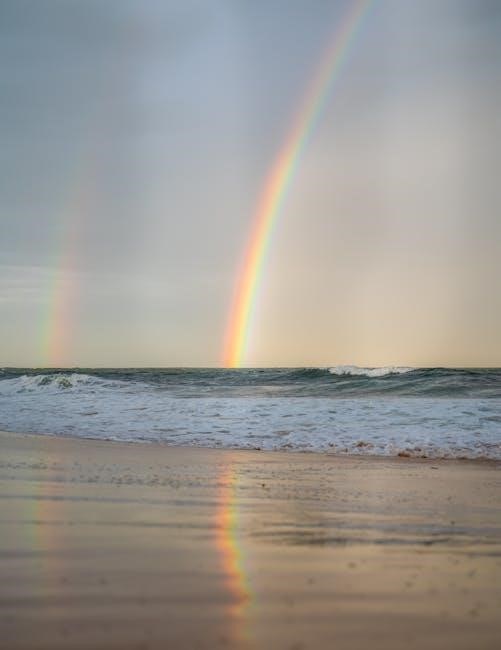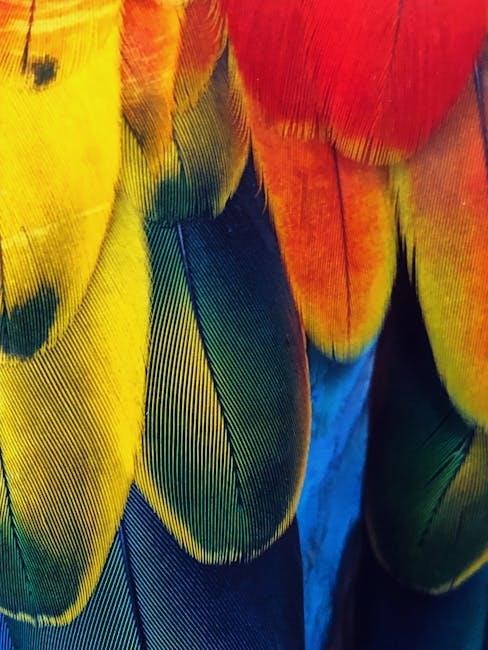
The play is a choreopoem written by Ntozake Shange, debuted in 1976, telling stories of black women through poetry, song, and dance, with seven characters wearing different colors always.
Background Information
Ntozake Shange is an acclaimed African American poet and playwright known for her work, the choreopoem debuted in 1976 and tells the stories of black women through a fusion of poetry, song, and dance, the play is called a choreopoem and tells the stories of seven black women through dance and monologues while wearing different colors, the passage describes a monologue from the Lady in Blue where she addresses a former lover, the play has been revised and adapted several times, with different versions available, the play has been widely acclaimed and has won several awards, it has also been performed in numerous theaters and universities, the play is considered a classic of African American literature, and its themes of identity, culture, and social justice continue to resonate with audiences today, the play’s use of poetry and music adds to its emotional impact.
Debut and Reception
The choreopoem debuted in 1976 and received widespread critical acclaim, it was performed in numerous theaters and universities, and its themes of identity, culture, and social justice resonated with audiences, the play’s unique blend of poetry, song, and dance was praised by critics, and it was hailed as a groundbreaking work of African American literature, the play’s debut was a major success, and it helped to establish Ntozake Shange as a major voice in American theater, the play’s reception was not without controversy, however, as some critics accused it of being too radical or too feminist, despite this, the play has endured as a classic of American theater, and its influence can still be seen today, the play’s debut marked a major turning point in the career of Ntozake Shange, and it paved the way for future generations of African American playwrights.

The Play’s Structure
The play combines poetry, song, and dance, with seven characters wearing different colors always expressing themselves.
Choreopoem Style
The choreopoem style of the play is a unique blend of poetry, song, and dance, which allows the characters to express themselves in a powerful and emotional way. This style is characterized by the use of vivid imagery and language, which brings the stories of the characters to life. The choreopoem style also allows for a high degree of creativity and experimentation, which is reflective of the play’s themes of identity, culture, and social justice. The use of different colors and costumes also adds to the overall aesthetic of the play, creating a visually stunning and thought-provoking experience for the audience. The choreopoem style has been widely praised for its innovative and expressive approach to storytelling, and has been influential in the development of contemporary theater and performance art. The play’s use of this style has helped to establish it as a classic of American literature.
Monologues and Poetry

The play features a series of monologues and poetry that explore the experiences and emotions of the characters. The use of poetry and monologues allows for a deep and personal exploration of the characters’ inner lives, creating a sense of intimacy and connection with the audience. The language is rich and evocative, with a strong emphasis on rhythm and musicality. The monologues and poetry are woven together to create a powerful and emotional narrative that explores themes of identity, love, and survival. The play’s use of poetry and monologues has been widely praised for its innovative and expressive approach to storytelling. The characters’ stories are told through a series of vivid and powerful images, creating a sense of depth and complexity. The play’s poetry and monologues are a key element of its enduring appeal and emotional resonance. The language is simple yet effective.

Availability of the Script
The script is available online as a pdf file for free download always easily.
Download Options
The script can be downloaded as a pdf file, text file, or word document from various online platforms, including DigitalCommons at UMaine and other websites, offering easy access to the play.
The download options are available for free, allowing users to read the script online or save it to their devices for later use, making it convenient for readers and researchers.
The script is also available in different formats, such as pdf, txt, and doc, making it compatible with various devices and operating systems, ensuring that users can access the play regardless of their device or software.
Overall, the download options provide users with flexibility and convenience, allowing them to access the script in a way that suits their needs and preferences, making it easily accessible to a wide range of users.
The availability of the script in different formats and the ease of download have made it widely accessible to readers and researchers, contributing to its popularity and impact.
Online Platforms
Various online platforms provide access to the script, including websites and digital repositories, such as DigitalCommons at UMaine, which offers a wide range of scholarly and creative works.
These platforms make it easy for users to find and access the script, with many offering free downloads or online reading options, increasing the play’s visibility and reach.
The script is also available on other websites, including those dedicated to theater and performance, as well as online libraries and archives, making it widely accessible to readers and researchers.
The online platforms provide a convenient and accessible way for users to engage with the play, and have contributed to its popularity and enduring impact, with many users able to access the script from anywhere in the world.
The availability of the script on online platforms has also facilitated its use in educational and research settings, further expanding its reach and influence.

Revisions and Adaptations
Revised versions include Goldenrod, Yellow, Green, and Pink Revisions, with updates made in 2010, available for personnel use, with new editions featuring additional poetry always online.
Revised Versions
The revised versions of the script include the Goldenrod Revision, Yellow Revisions, Green Revisions, and Pink Revisions, all made in 2010. These revisions are part of the play’s development and updates. The revisions were made to refine the play’s message and expression. The play’s author, Ntozake Shange, ensured that the revisions maintained the play’s original intent and emotional impact. The revised versions are available for personnel use, specifically for those involved in the production and staging of the play. The revisions are an important part of the play’s history and evolution, showcasing the author’s commitment to perfecting the work. The revised versions are a testament to the play’s significance and relevance, with new editions featuring additional poetry and elements that enhance the overall experience. The revisions have contributed to the play’s enduring popularity and influence.
Copyright and Ownership
The script is owned by Tyler Perry Studios, with the material intended for use by its personnel. The copyright information is crucial for those interested in using or adapting the play. The ownership rights are held by the studio, and any use or reproduction of the script must be authorized. The copyright protects the intellectual property of the play’s author, Ntozake Shange, and ensures that her work is not used without permission. The ownership and copyright information are essential for maintaining the integrity and authenticity of the play. The studio’s ownership also facilitates the management of the play’s distribution and production. The copyright and ownership details are available for those who need to access the script for legitimate purposes, such as production or educational use, and are managed by the studio to protect the play’s rights and interests. The script’s ownership is a significant aspect of its legacy.